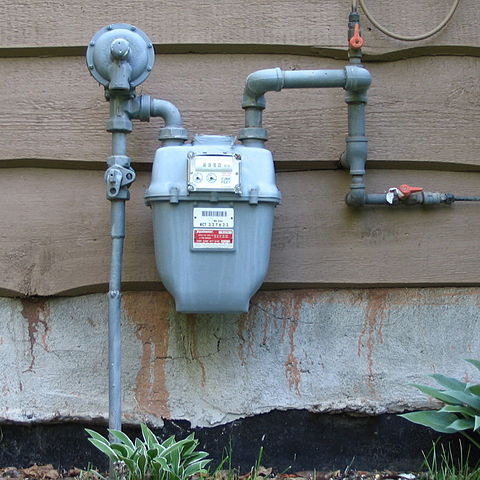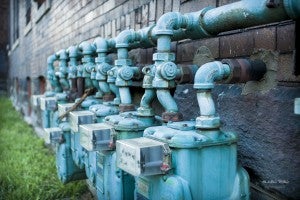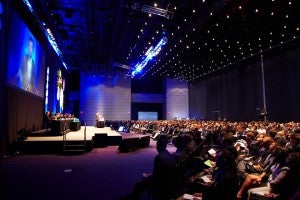 Natural gas is a major source of electricity in the United States. Roughly one-third of the 33 trillion cubic feet of gas produced each year is used to power our homes and businesses. And it’s the gas delivery and transmission industry that ensures these services are delivered nationwide.
Natural gas is a major source of electricity in the United States. Roughly one-third of the 33 trillion cubic feet of gas produced each year is used to power our homes and businesses. And it’s the gas delivery and transmission industry that ensures these services are delivered nationwide.
Most of us don’t think about this industry often, or the gas for that matter, unless it’s unavailable when we need it, or it costs more than usual. But it’s important to pay attention. That’s because not all of the gas flowing through our pipelines actually reaches its intended destination – a problem that is further complicated by a poorly defined and complex method for tracking this paid-for but unused gas.
An indicator of gas system efficiency, accounting for lost gas (known by insiders as “lost and unaccounted for gas”, “unaccounted for gas”, LAUF or its many other acronyms) is how distribution companies manage the overall flow and supply of gas through their systems. Essentially, it is a ratemaking tool for calculating the difference between the volume of gas purchased by operators and the volume of gas delivered to customers that includes leakage, venting, theft, meter errors, temperature and pressure changes and other factors. Read More










 The United States produces approximately 33 trillion cubic feet of natural gas each year. A majority of this gas is converted to electricity at power plants or used for industrial purposes, but about one third ends up making the journey from the well head, through underground pipelines, and into our homes and businesses. How much of this gas gets lost along the way—whether it’s through leaky equipment or other factors—is important because of the
The United States produces approximately 33 trillion cubic feet of natural gas each year. A majority of this gas is converted to electricity at power plants or used for industrial purposes, but about one third ends up making the journey from the well head, through underground pipelines, and into our homes and businesses. How much of this gas gets lost along the way—whether it’s through leaky equipment or other factors—is important because of the  More than 1,000 people gathered in Nashville, TN this week for the summer meeting of the National Association of Regulatory Utility Commissioners (NARUC). The meeting is one of three yearly where thought leaders gather to socialize the knottiest issues of the day in regulated utility industries, including telecommunications, electricity, natural gas, and water. Two electricity debates dominated the stage and the halls during this summer’s meeting: nuclear power and rate design.
More than 1,000 people gathered in Nashville, TN this week for the summer meeting of the National Association of Regulatory Utility Commissioners (NARUC). The meeting is one of three yearly where thought leaders gather to socialize the knottiest issues of the day in regulated utility industries, including telecommunications, electricity, natural gas, and water. Two electricity debates dominated the stage and the halls during this summer’s meeting: nuclear power and rate design. Olympic Games are historically about gold, silver, and bronze – not green. Even the
Olympic Games are historically about gold, silver, and bronze – not green. Even the 
 It’s unfortunate that a partisan group of Congressional representatives recently tried to
It’s unfortunate that a partisan group of Congressional representatives recently tried to